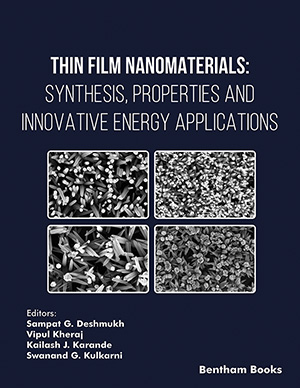
Abstract
Background: Delivering hydrophobic or poorly soluble drugs has become increasingly challenging, with issues like stability and bioavailability complicating the process. Among various strategies devised to address these problems, nanoemulgels have proven effective. Nanoemulgels combine a gel base and an emulsion at the nanoscale, making them excellent for drug delivery. The nanoemulsion component protects the active ingredient from degradative reactions like hydrolysis and enzymatic degradation. Meanwhile, the gel base enhances the emulsion's thermodynamic stability by increasing the viscosity of the aqueous phase and reducing surface and interfacial tension.
Objective: The primary objective of this review was to explore nanoemulgels as a drug delivery system in the pharmaceutical industry. It delves into the advantages and applications of nanoemulgels in various medical fields, compares them with conventional emulgel, and examines formulation strategies, preparation methods, patent trends, future prospects, and evaluation methods in detail.
Method: An exhaustive literature survey was conducted keeping in view the various aspects of nanoemulgel. Information from various resources, such as books, review articles, scientific reports, research articles, and patents, were searched, read, analyzed, and summarized.
Conclusion: This review article thoroughly examines nanoemulgels, discussing their formulation strategies, characterization techniques, and applications in various fields. It highlights their benefits, such as enhanced drug solubility, controlled release, improved stability, and targeted delivery. The article also covers patents related to nanoemulgel technology and explores its future prospects, emphasizing potential applications in pharmaceuticals, cosmetics, dermatology, and other industries.
Keywords: Nanoemulsion, enhanced drug solubility, targeted delivery, cosmetics, better patient acceptance, nanoemulgel.























